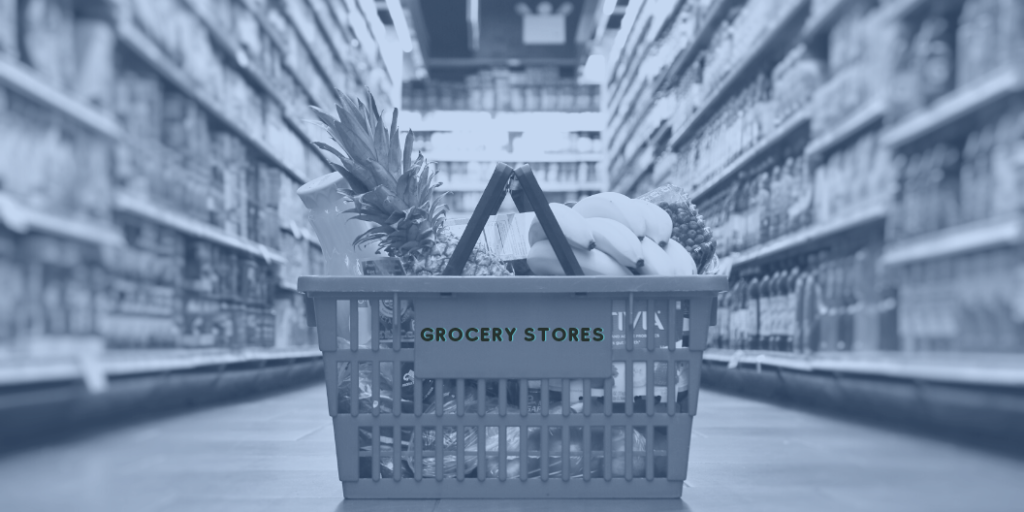The price recommendation is based on inventory levels, competitor pricing, consumer behavior, supply and demand, and a number of other variables. Depending on your industry and need, prices can adjust constantly throughout the day, or have set times when they are adjusted.
Dynamic pricing has been used for decades by airlines. Amazon uses it effectively in the retail space, dropping prices as seasons change and items decrease in demand while raising prices of other items that are in season. The technique is even used by toll roads all around the world to help control traffic flow.
There’s nothing new about dynamic pricing, but retailers are often hesitant to start because they don’t know what’s involved.
Connecting Data
Data is the most important aspect of dynamic pricing. The information, much of which already exists within the retailer’s ecosystem, guides the dynamic pricing engine so it can present the perfect price point to customers that will get the sale while meeting the retailer’s needs.
A dynamic pricing platform will connect to your inventory management system. Once connected, the pricing engine has a complete picture of inventory, cost per unit, and other key attributes that it will use to define a price.
User behavior data is another key component. Attributes like navigation patterns, in-page clicks, and mouse movement help guide the system, as does sharing, checkout processes, and chatbot data. Through the data, the pricing system understands the relationship between user behavior and price.
Competitor pricing data is the third data piece. Many retailers have subscriptions to price tracking services and can simply plug that data into the system. For retailers that don’t have the data, dynamic pricing service providers can usually fill the void.
Pricing Strategy
Once the data is connected, it’s up to the retailer to define their pricing strategy. It’s here that the retailer maintains their control over the AI tools. Retailers tell the system what their minimum margins are, set inventory targets, identify strategy, and define rules.
For example, if a retailer sets a target to sell 20 TVs over the course of a week, the dynamic pricing system can increase the price after the twentieth unit has been sold, thereby maximizing profits while ensuring that the target was reached.
The AI and machine-learning elements inherent in the dynamic pricing platform utilize the retailer-defined pricing strategy, and apply it over all lines of business, leading to an automated, uniform pricing approach throughout the entire store.
Day-to-Day Maintenance
With the data connected and strategy defined, the pricing manager is free to focus on pricing strategy. Some retailers do prefer to manually accept pricing recommendations. This requires them to look at the system and either accept or reject the system’s pricing recommendation. However, other retailers who are comfortable with the platform choose to automate pricing entirely and are generally free from day-to-day interactions with the system.








